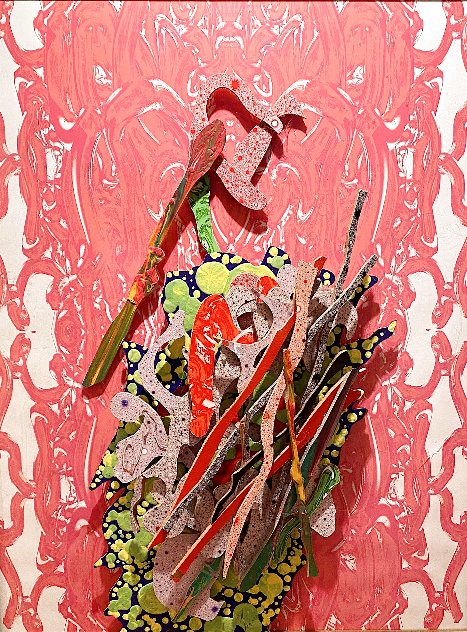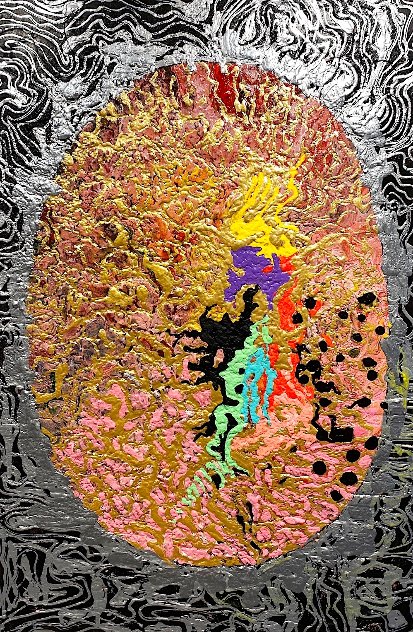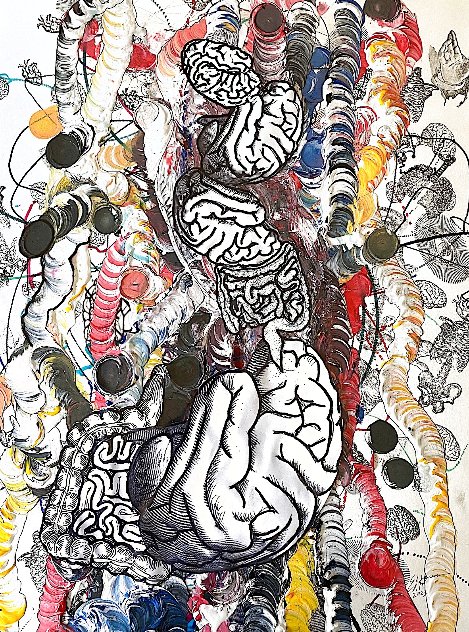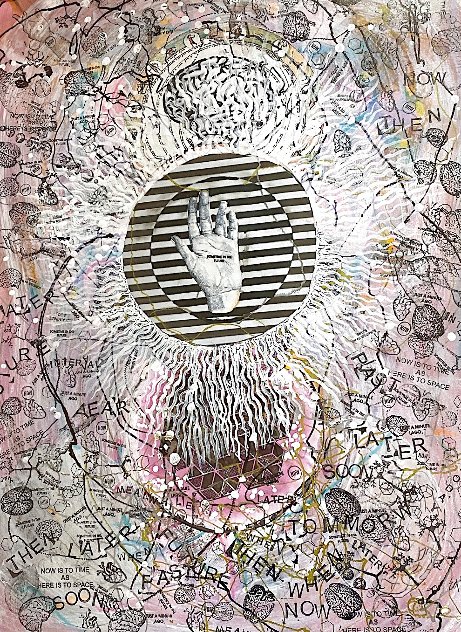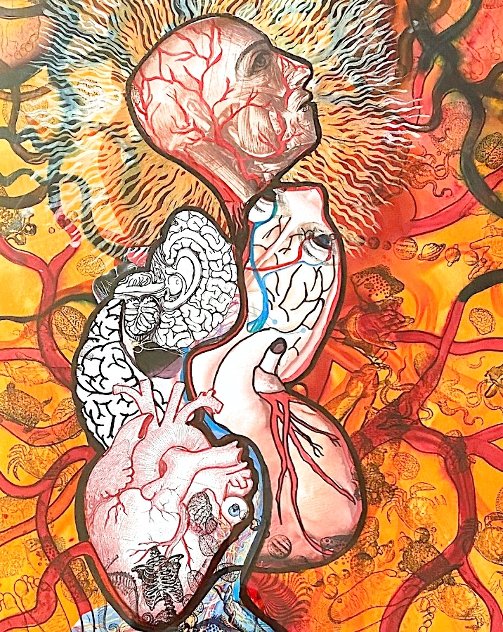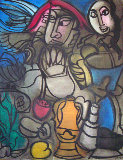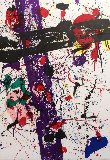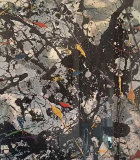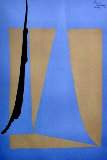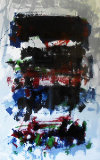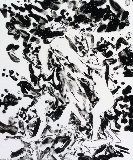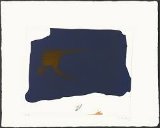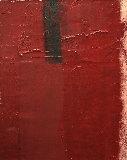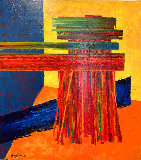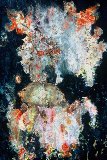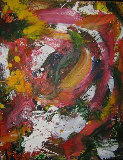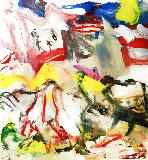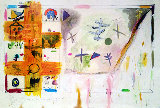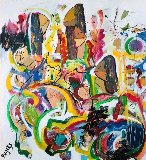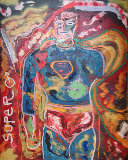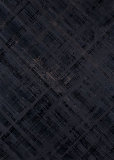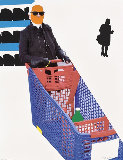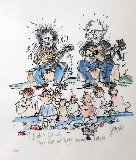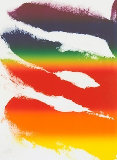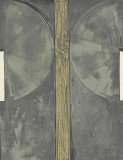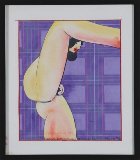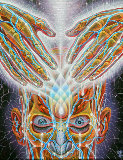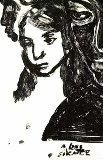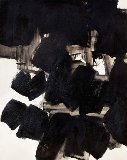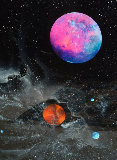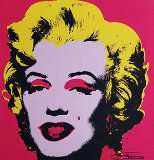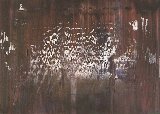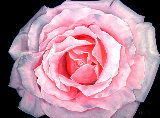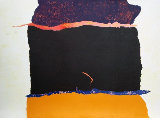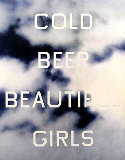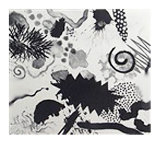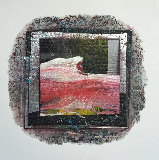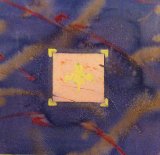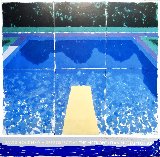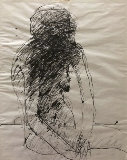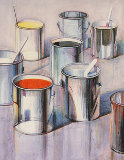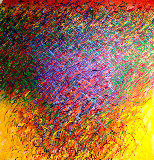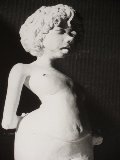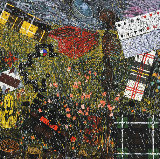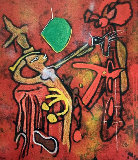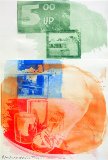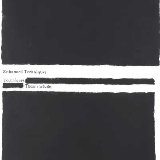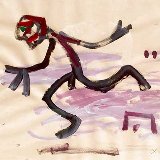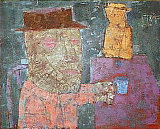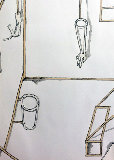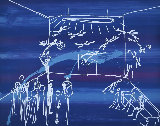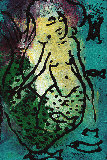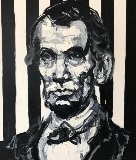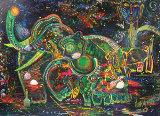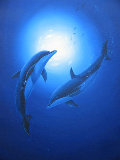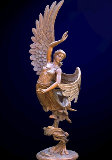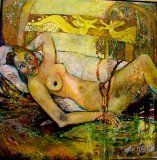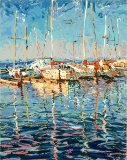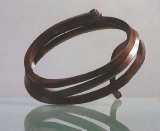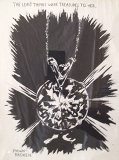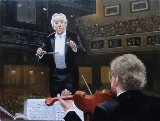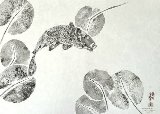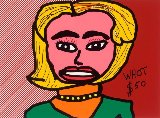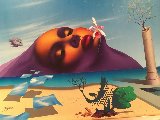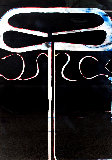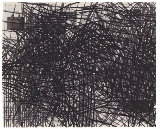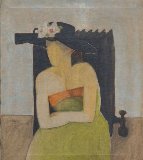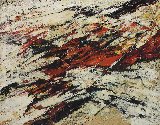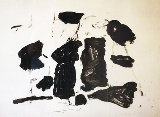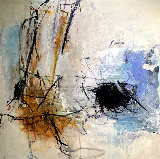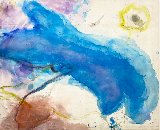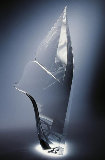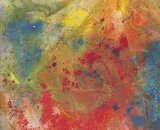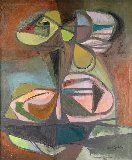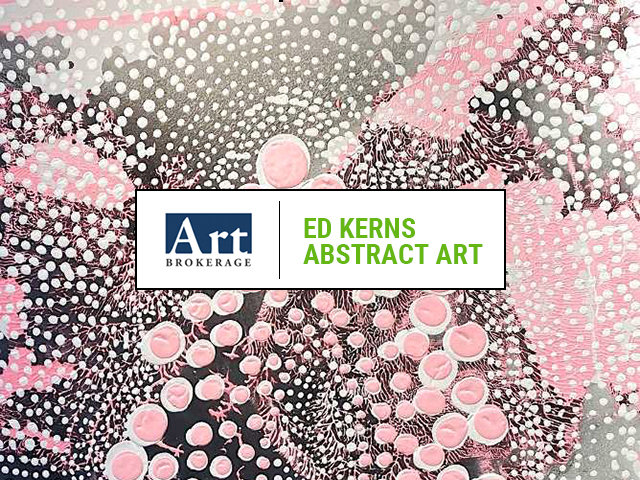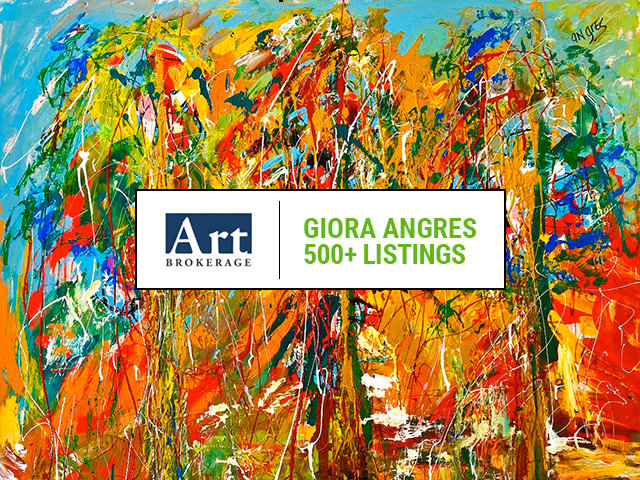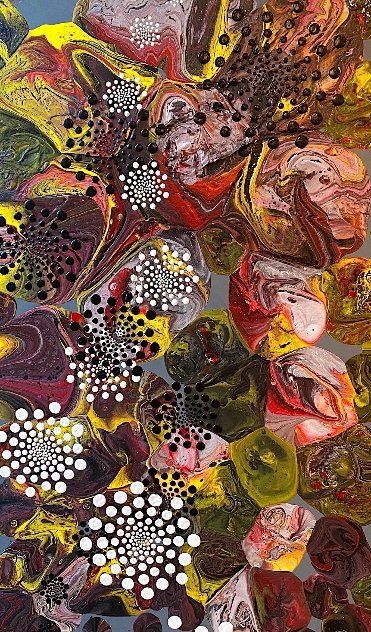








Entropy Increases Disorder but Energy Only Changes Form 2020 62x38 - Huge
Ed Kerns
Original Painting : Acrylic Paint w/ Various Mediums to Increase Texture and Specificity of Viscos
Size : 60x36 in | 152x91 cm
Framed : 62x38 in | 157x97 cm
Reduced
-
🔥Huge Framed Mixed Media on Canvas - Blue Chip - Inquire $6,500
Modern Abstract Expressionist - Staff Favorite
Year2020
Hand SignedUpper Right on Verso
Condition Excellent
Framed without GlassFloating Frame Burnished Gold
Purchased fromArtist
Story / Additional InfoThis painting was shown at the Grossman Gallery, Williams Visual Art Building, Lafayette College and in Philadelphia. The work is the product of discussions and collaborative work with neuroscientists and engineers. It explores the the evolution of complex systems from very humble, simple, early interactions. Shapes and patterns within the painting metaphorically suggest the multi layered processes involved when simple systems find ways to become more interdependently entwined and cooperative in a symbiotic relationship.
Certificate of AuthenticityArt Brokerage
LID155397
Ed Kerns - United States
Art Brokerage: Ed Kerns American Abstract Expressionist Artist: b. 1945. Ed Kerns (February 22, 1945) is an American abstract artist and educator. Kerns studied with the noted Abstract-Expressionist painter, Grace Hartigan and through the elder artist came to know and work with many artists of that generation including, Phillip Guston, Willem de Kooning, James Brooks, Ernest Briggs, Richard Diebenkorn and Sam Francis. Born in 1945 in Richmond, Virginia, Kerns started painting at a young age. He attended the Richmond Professional Institute, receiving his BFA in 1967. He went on to the Maryland Institute, where he studied with painter Grace Hartigan. Here, Kerns received the Hoffberger Fellowship and graduated with an MFA in 1969. Kerns first gained exposure in 1972, when he was commissioned by art collector Larry Aldrich to paint 100 paintings over the course of the year as gifts.That same year, Kerns had his first solo art show at the AM Sachs Gallery in New York. Over the course of the 1970s and 80s, Kerns formed a close partnership with the Rosa Esman Gallery and exhibited ten solo shows there. Of his work in the late 1970s and early 80s, gallery coordinator Judith Stein says, “He works slowly, creating no more than ten large paintings a year. His media are acrylic, sand, and thread, the last used to stitch together sections of canvas. Often plywood or upsom board is used as support.” Listings wanted.

